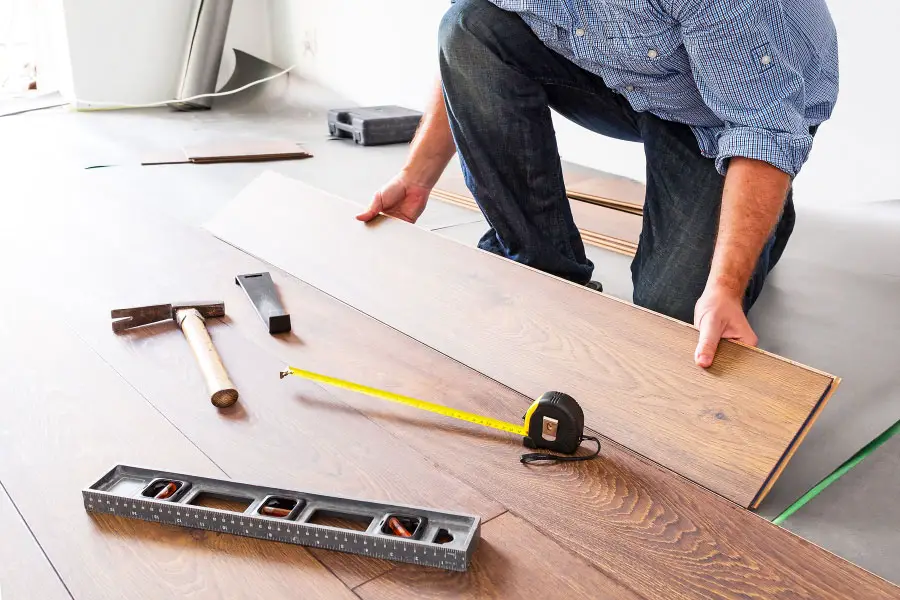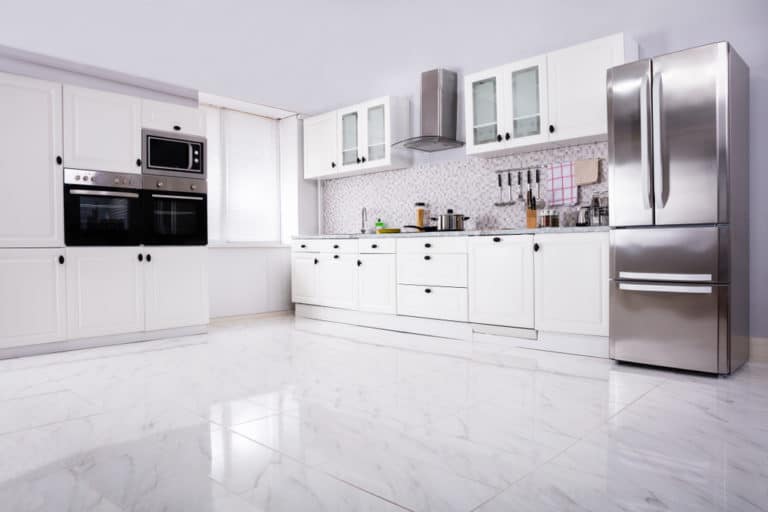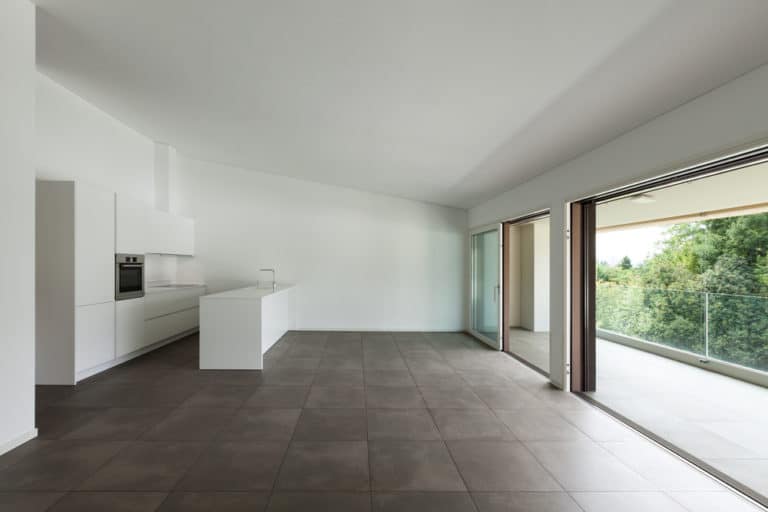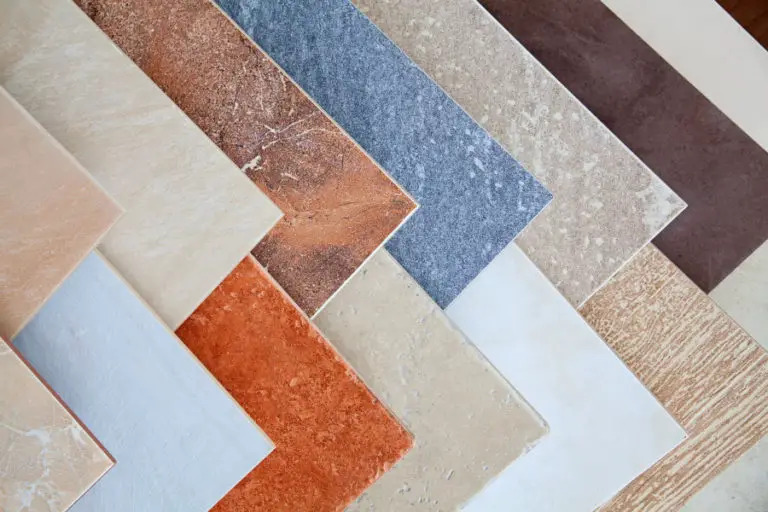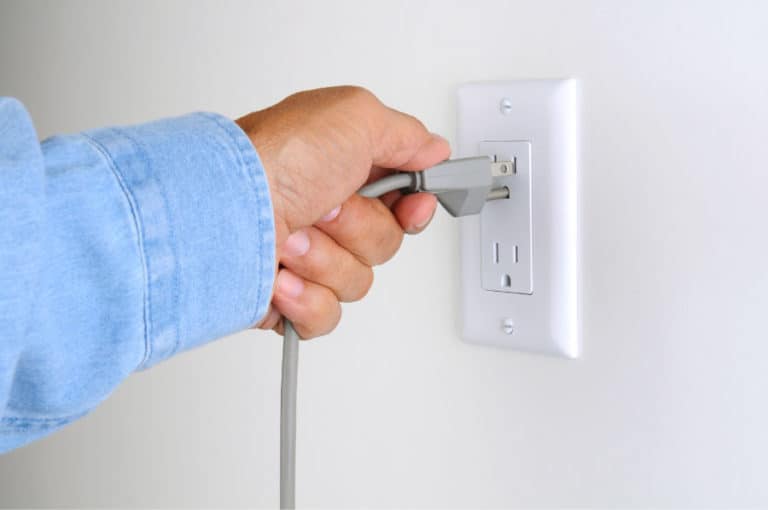Can a Garage Have a Wood Floor?
A garage is a different type of space compared to the rest of the house, it’s sole purpose is not to house people but house vehicles instead. Garages also have certain activities, such as workshops or repair work, that require specific conditions. And for these reasons, garages are usually built with specific materials.
Can a garage have a wood floor? Yes, you can lay out a wood floor for your garage as long as you have a concrete slab underneath. You will have to take into consideration that wood, as a material, needs to be treated, maintained, and kept in a suitable environment to avoid deformities that can cause problems for garage use.
With so many considerations, it’s time to examine them in much more detail to make sure you are aware of them all and for you to make an informed decision.
What is the best type of flooring for a garage?
The best type of flooring for a garage is concrete, considering that concrete is a very cost-efficient, durable, and extremely strong material that can last you a long time and will require less maintenance.
Concrete is also very customizable. You can apply any finish to it, including paint, stone, tiles, epoxy, rubber, vinyl, and many more. Concrete offers you the opportunity to have full control over how your garage floor will turn out because of its predictable nature.
Wood is still a good option, as long as you’re willing to put in the effort to maintain it and follow the precautions strictly to avoid any problems in the future. If a wooden floor really makes your garage feel and look more like the rest of your house, then wood would be the best type of flooring for you.
Can a wood floor support a car?
A wood floor, resting on a concrete slab, has the strength to endure the pressure from the weight of a car.
It is also possible to design a flooring system, made entirely out of wood, that can support the weight of a car. However, you have to be aware of certain considerations you’d need to take before.
Considerations when using wood as a material for a garage floor
- Types of wood
Different types of wood have different qualities to them that you should consider. Some wood types may be able to carry more load while other wood species may be resistant to moisture or fungi. Consider the properties of the type of wood you plan on using.
- Condition of the wood
Wood is an organic material; as such, it’s subject to rot and decay. Look for signs that the wood may be unfit for construction use before purchasing the material.
- Treatment of the wood
Wood is treated by being dried out, sanded out, filled with oil/wax and finished with varnish to protect the wood from moisture. Treatment ensures that the integrity of the wood is preserved, usable and visually pleasing
- Environment
Wood will deteriorate if left in certain conditions. The most common cause of wood deterioration is moisture, whether from rain, other materials, improper insulation, the ground and etc.
How to protect a wood floor
There are three main culprits to wood decay, namely water, fungi, and moisture. Listed below are measures to ensure that your wooden floor will have a longer service lifespan.
- Paint
Paint helps prevent wood from getting into contact with the elements.
- Preservatives
Preservatives range from methods of treating the wood to applying chemicals.
- Wood and soil
Wood should not be in contact with the soil under any circumstances. Soil is filled with organic material that may cause fungi to start developing within the wood and therefore compromising the wood’s integrity. Soil, depending on the temperature, also produces a build-up of moisture, which can also damage the wood.
- Wood and concrete
Ensure that there are barriers between the wood and concrete that would prevent moisture build-up, such as roll roofing. For garages, since the concrete slab will be directly on top of the soil, ensure that there are concrete protrusions that the wood can rest upon.
- Ventilation
Good ventilation helps prevent the wood from building up moisture, which invites decay-inducing fungi. The proper way to prevent this from happening is to ensure that there is cross-ventilation, a system where air can freely enter and exit space in that area.
- Good design
Good design is a system that further reduces the contact of wood with the elements. Design decisions like the engravings on a wooden door, the shape of your window sills, railings, etc. have an impact on the service lifespan of the wood. The design should always be able to shed water, instead of keeping it in. A simple change of angle or adding slopes can help prevent water from building up and seeping into the wood.
- Maintenance
Always be on the lookout for signs of wood decay, like dry rot, and be sure to follow this checklist.
- Check your pipes regularly.
- Observe your paint/sealant for cracks regularly.
- Clean your gutters regularly.
- Check on non-ventilated areas, such as basements or attics regularly.
- As much as possible, keep decomposing/organic materials away from wood.
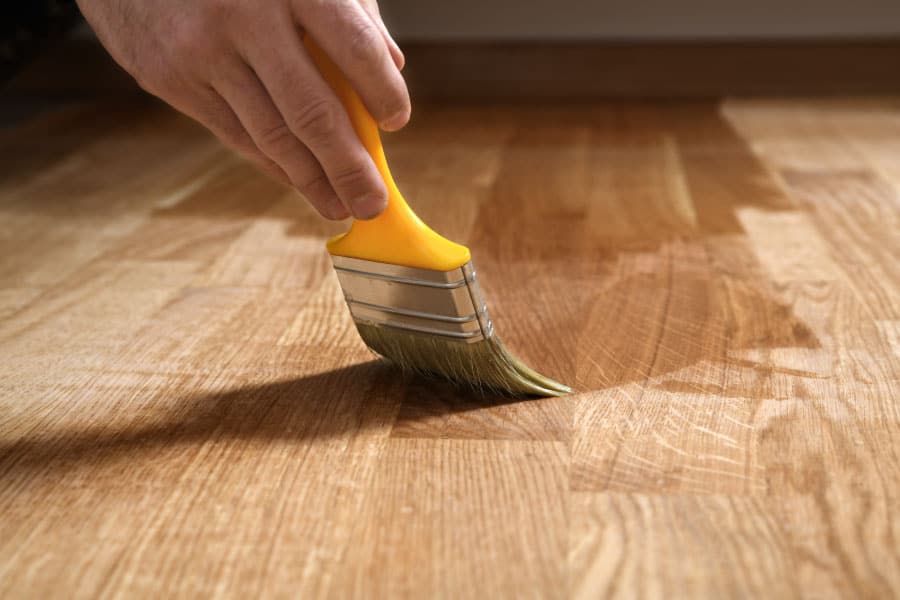
What is dry rot and how serious is it?
Dry rot is the damage caused to wood due to fungi that comes from moisture within the wood.
Dry rot causes the wood to become brittle and weakened. If left unchecked, the structural integrity of the wood may be compromised and can easily spread throughout the building.
Dry rot is hard to notice at first; it’s something you can only find if you look for it, and this is one of the factors that makes dry rot dangerous.
How to look for Dry rot?
- Assess the places where moisture/water is most likely to collect. Window sills, areas exposed to rain, crack in the paint, etc.
- Check for any abnormalities in the wood (discoloration, change in hardness, warping, etc.)
How can you prevent dry rot, especially in a garage?
- Look for ways to ensure that rain cannot get into the garage. Use an overhang above every entry point (garage door, windows, and door) to reduce the chances of rainwater getting in.
- Ventilation, ensure that there are at least two possible entry/exit points for air to circulate.
- Construction, make sure that any wooden materials are correctly installed. There should be no cracks or gaps in both concrete and wood. Proper procedures should be followed, such as the treatment process of both concrete and wood, to ensure that the materials will remain in good condition. Also, make sure that utilities, such as pipes, are correctly installed and free from any leakage.
- Don’t wash your car inside your garage if you have a wood floor. Bring out your car on the driveway if you plan on cleaning it. Aside from wetting the wood, water will also not dry thoroughly underneath a roof and is more prone to seep into the wood instead.
- Be mindful of what you store inside your garage. Organic waste can cause fungi to grow on wood if left alone for a prolonged amount of time.
- Regular clean-ups. Treat this also as a check-up and look for any signs of wood decay.
Conclusion
A garage may not sound that important to decorate or design, but if you think about it, your garage is the main entrance to your house if you drive a car. Treat your garage as a transition room from the outside going in, make it a convenient space where you can take care of your vehicle, and at the same time, get the feeling of being in your house instead of at an old bodega.
Once again, you can lay out a wood floor for your garage as long as you have a concrete slab underneath. You will have to take into consideration that wood, as a material, needs to be treated, maintained, and kept in a suitable environment to avoid deformities that can cause problems for garage use.

